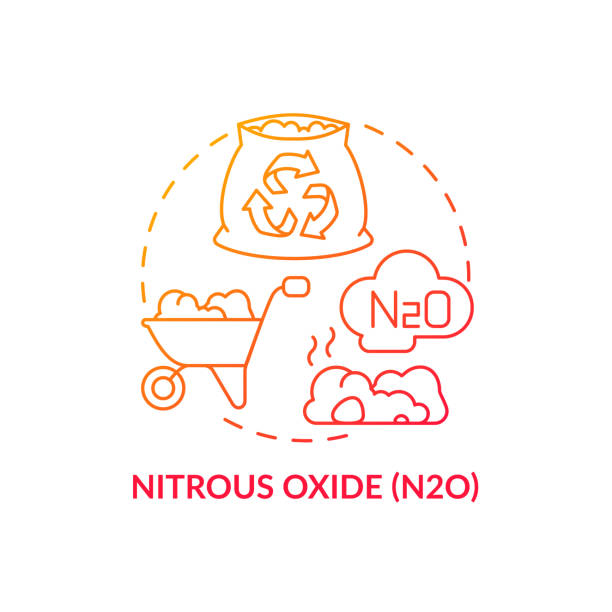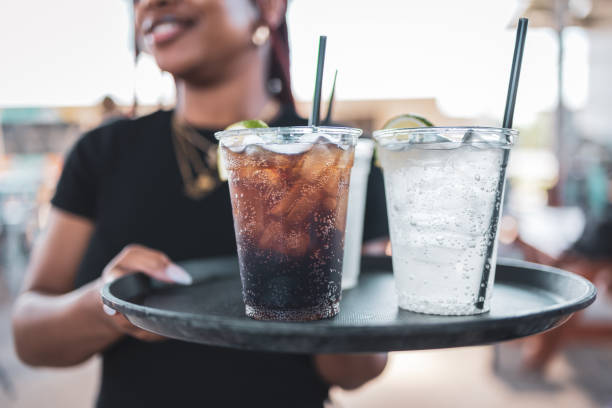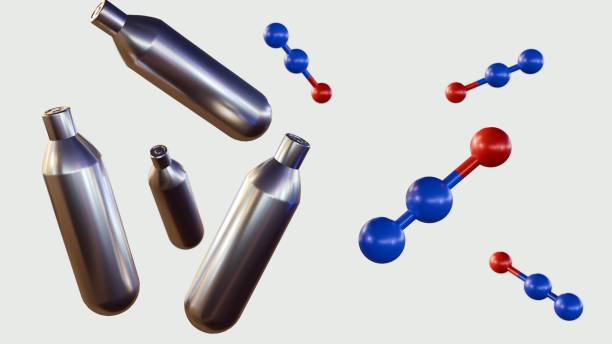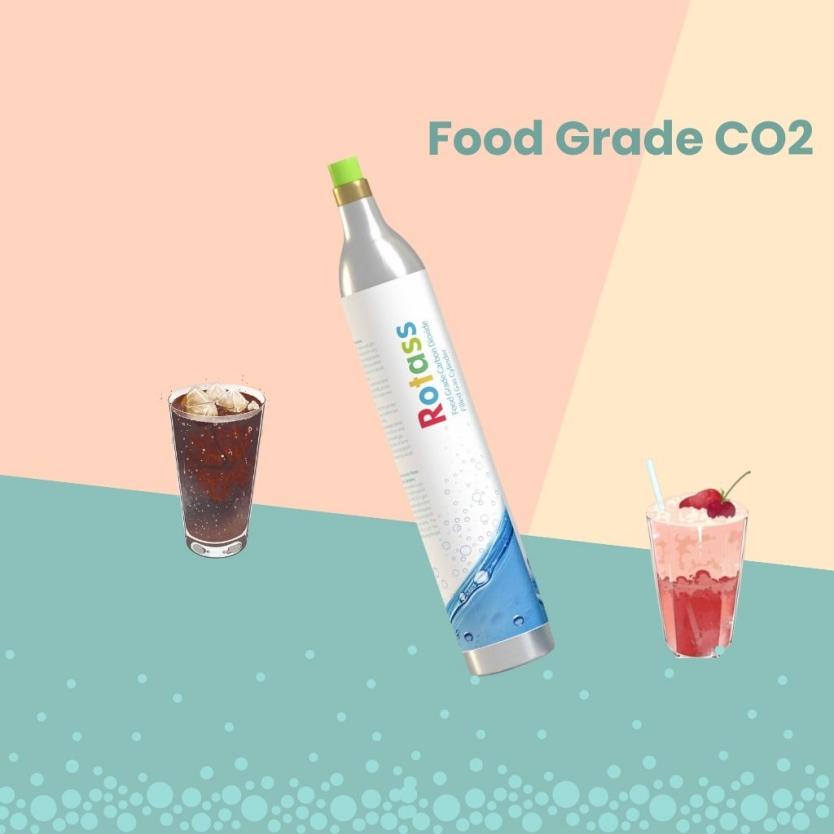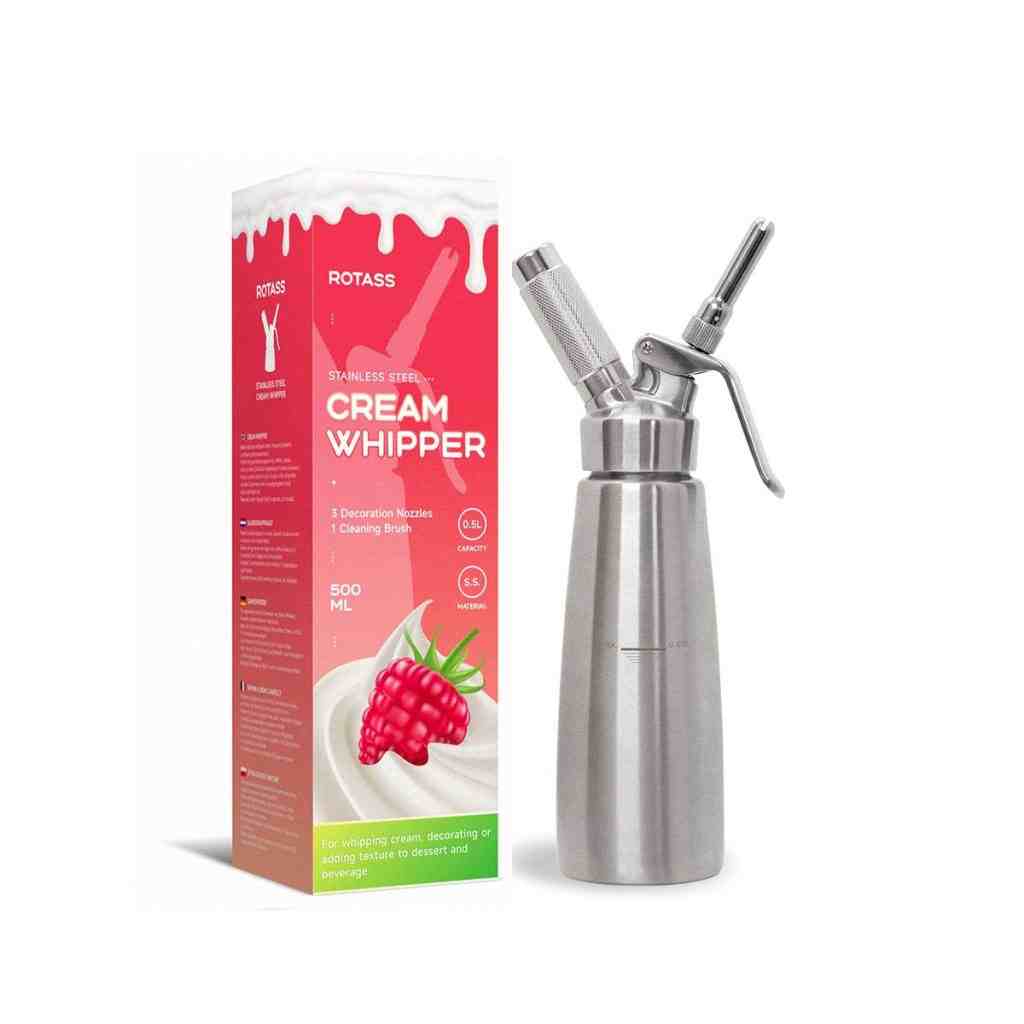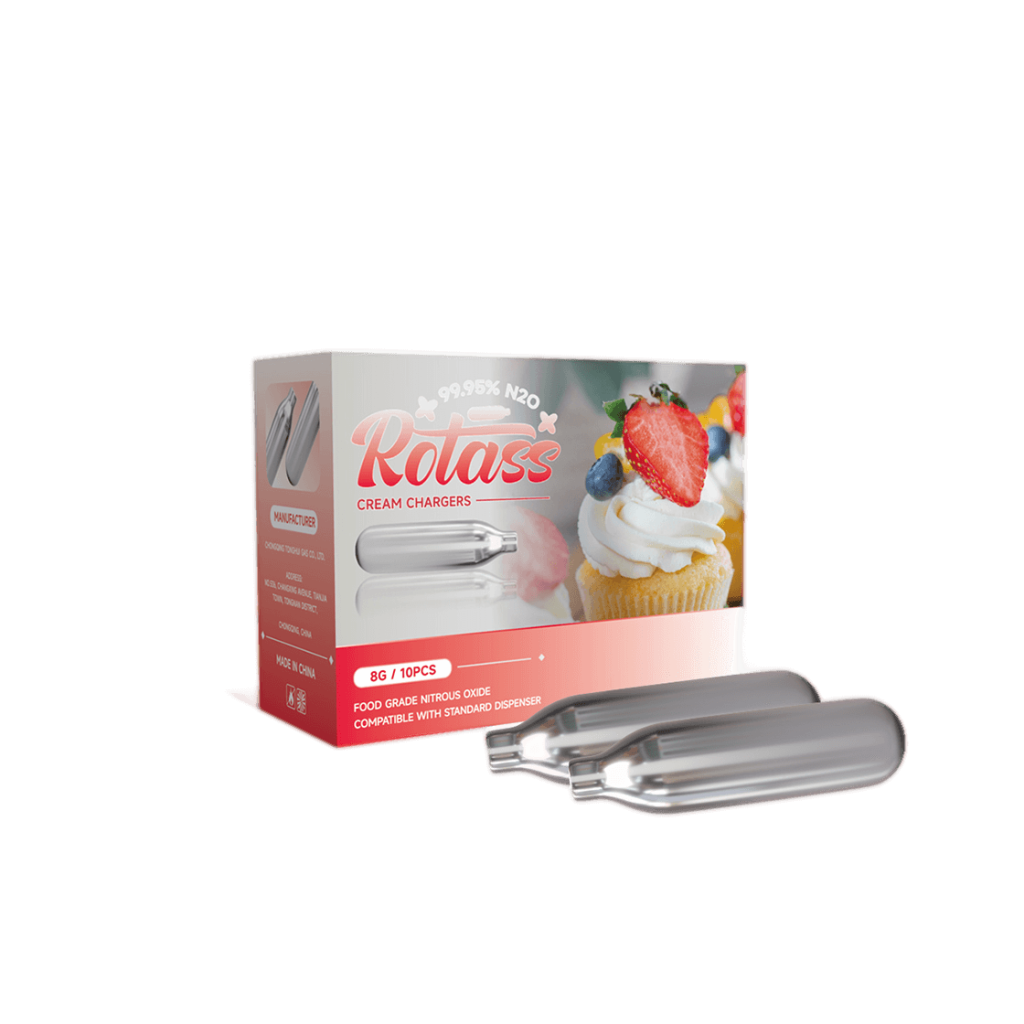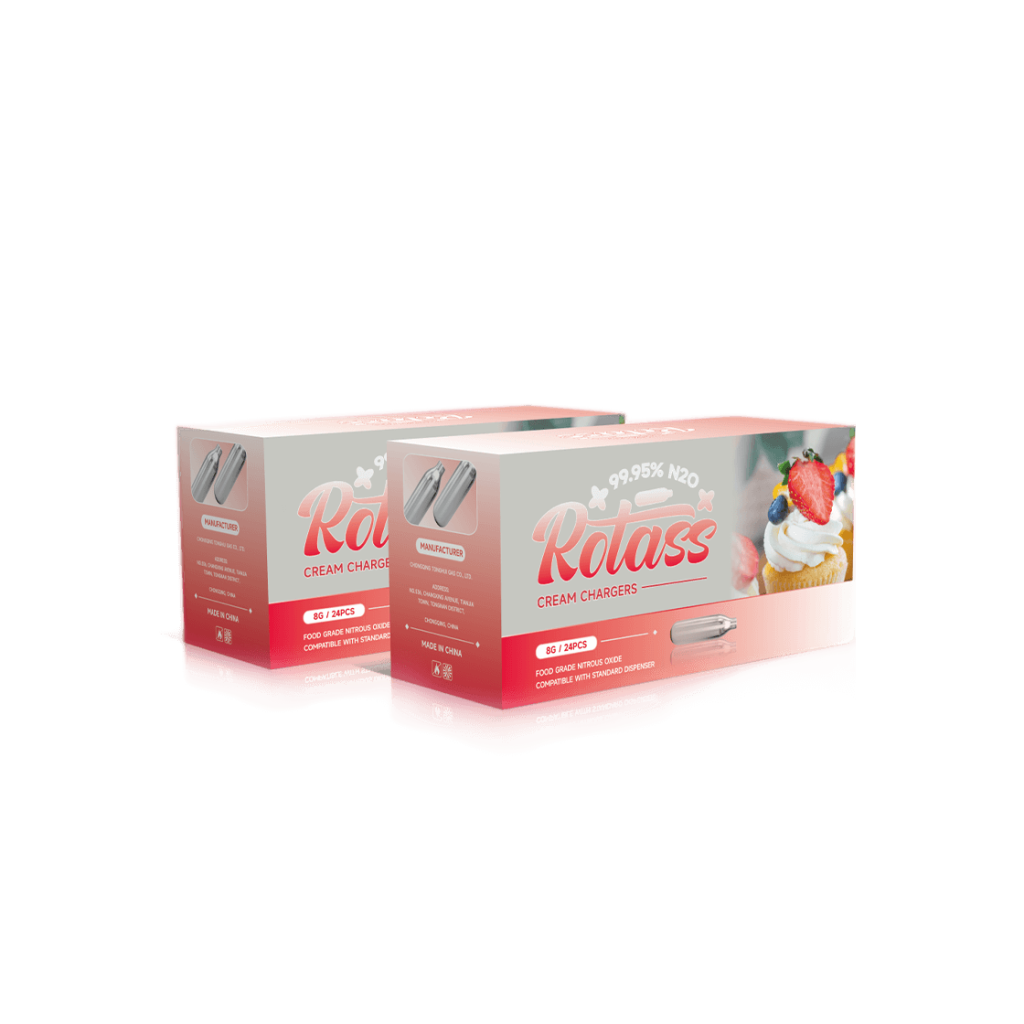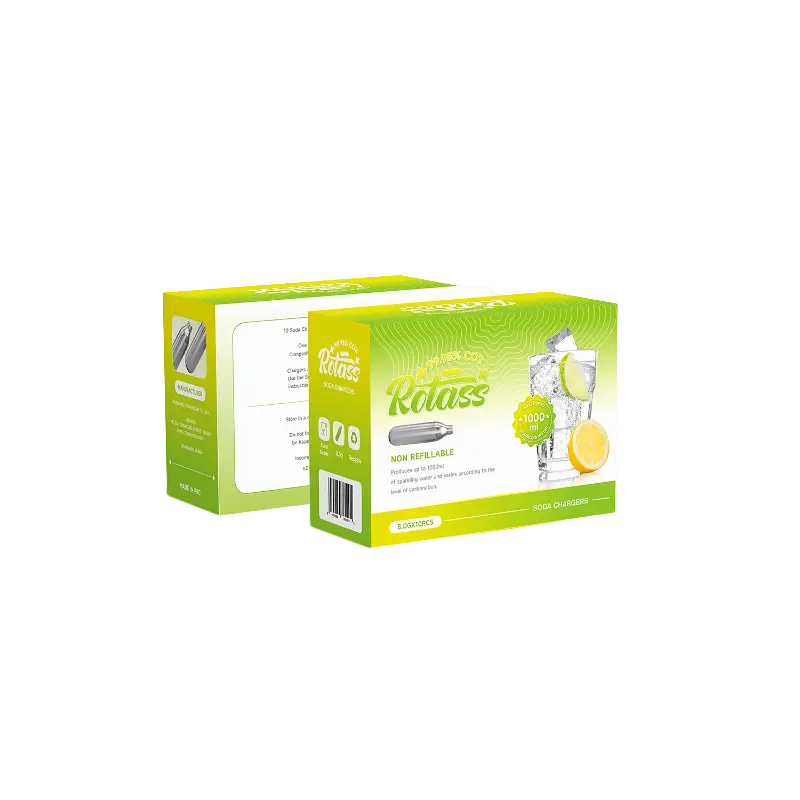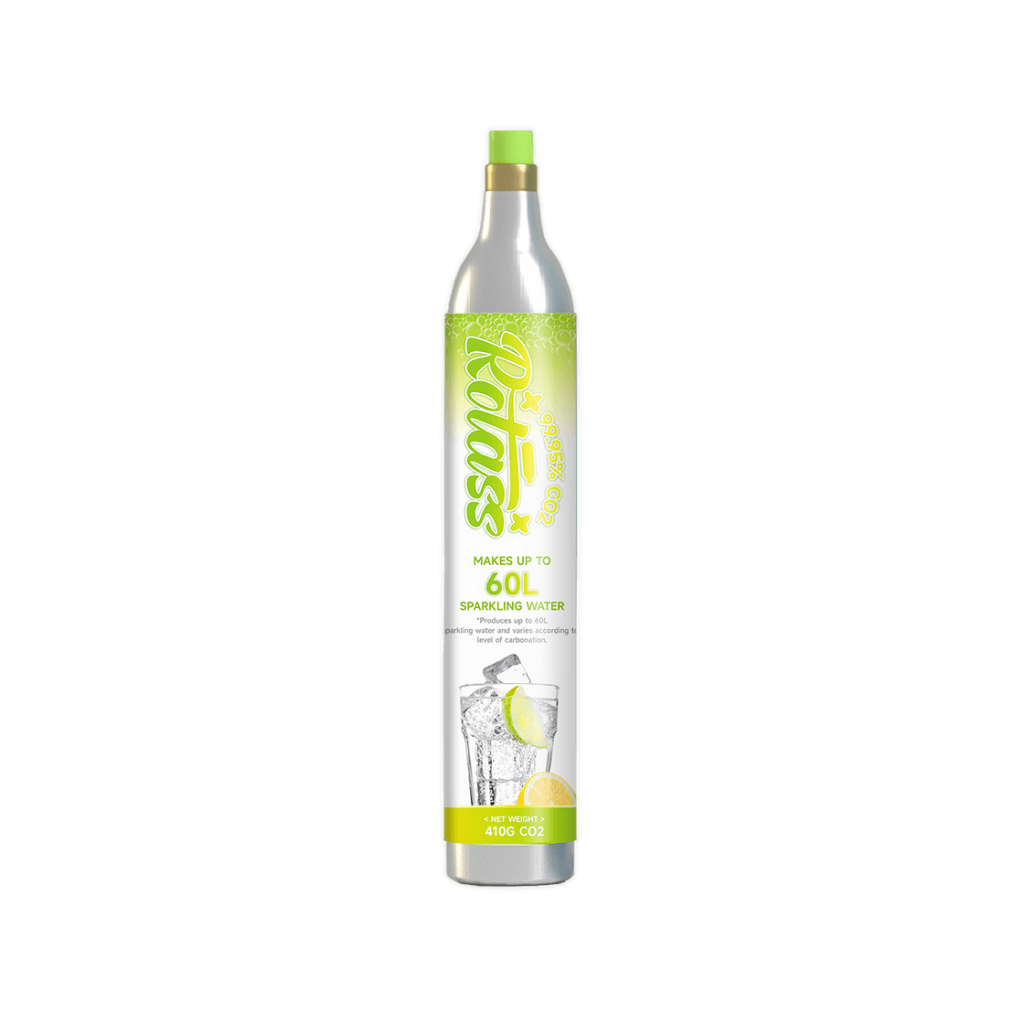2025 / 06 / 04
Can a soda chargers be used to make cream? Analysis of Key Differences
Table of Contents
Soda chargers and cream chargers both have shiny metal bottle bodies, similar air bomb systems, and even the operation methods are largely the same. This high degree of similarity in appearance has led many consumers to misunderstand that these two devices should be interchangeable.
But the fact is that these two seemingly similar devices have essential differences from their core principles to practical applications. This article will provide you with a detailed analysis of the differences between soda water chargers and cream chargers . By understanding these key distinctions, you can not only avoid potential safety hazards but also better leverage the professional performance of each device.
Core Difference 1: The Types Of Gases Are Completely Different
The gas used in soda chargers is usually carbon dioxide (CO₂), which is compressed into a liquid state under low temperature and high pressure and filled into gas bombs or gas cylinders. When the gas pump is opened, the liquid carbon dioxide rapidly vaporizes and mixes with water to form carbonic acid, giving the soda water a refreshing bubble sensation. It is usually used to make carbonated beverages and sparkling water.
The gas used in cream chargers is nitrous oxide (N2O), which is commonly known as “laughing gas”. Nitrous oxide is gaseous at normal temperature and pressure and can turn into liquid under certain pressure. It is fat-soluble and can blend with the fat of cream. It not only makes the cream produce rich foam but also plays a certain role in preservation during the whipping process because it can inhibit the growth of some microorganisms. It is usually used to whip cream and make mousse. Food grade N2O chargers recommendation: Rotass 8g whip cream chargers
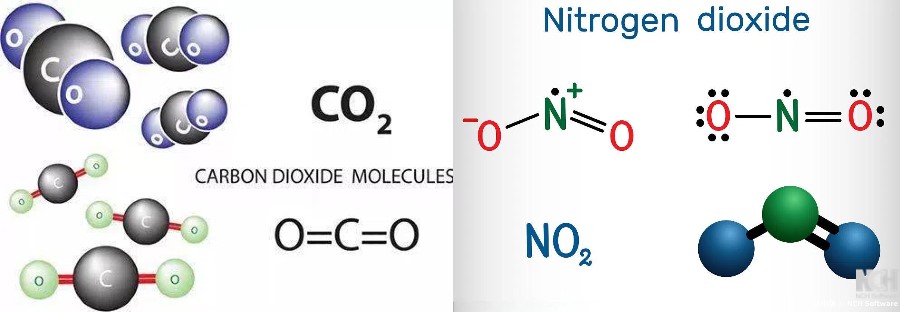
The different properties of the two gases determine that they are not interchangeable. CO₂ is a water-soluble gas and almost insoluble in fat. Experiments show that cream whipped with CO₂ will completely collapse within 30 seconds. The solubility of N2O in water is only 1/50 that of CO₂, and it will produce a strange sweet taste and a dense texture after dissolving in water.
Core Difference 2: Differences In Work Pressure
We compared the pressure requirements of several mainstream brand devices through actual measurements:
| Equipment type | Working pressure (PSI) | Maximum pressure (PSI) |
| Household soda charges | 30-50 | 100-150 |
| Professional cream charges | 200-250 | 400-500 |
| Commercial cream charges | 300+ | 600+ |
Key discovery:
- The cream gun requires a working pressure 4 to 5 times higher than that of the soda water machine
- When trying to whip cream with a soda machine, insufficient pressure may occur, resulting in the failure to form stable foam. Continuous pressurization may exceed the capacity limit of the equipment.
Core Difference 3: The Essential Difference In Structural Design
- The design focus of the soda water gas filler is to ensure that the gas can be quickly and evenly integrated into the water. Therefore, its gas path design adopts a straight-through diffuser with a large gas outlet, so that carbon dioxide can be rapidly released into the water.
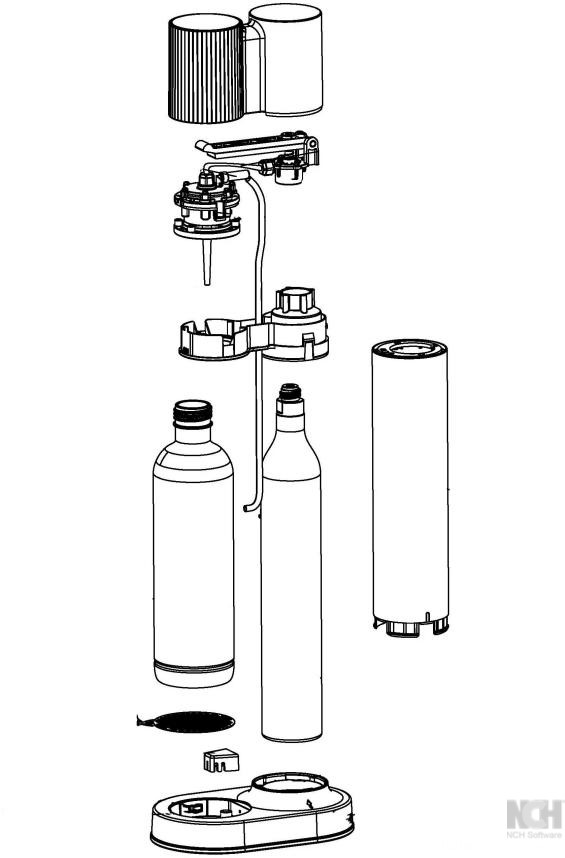
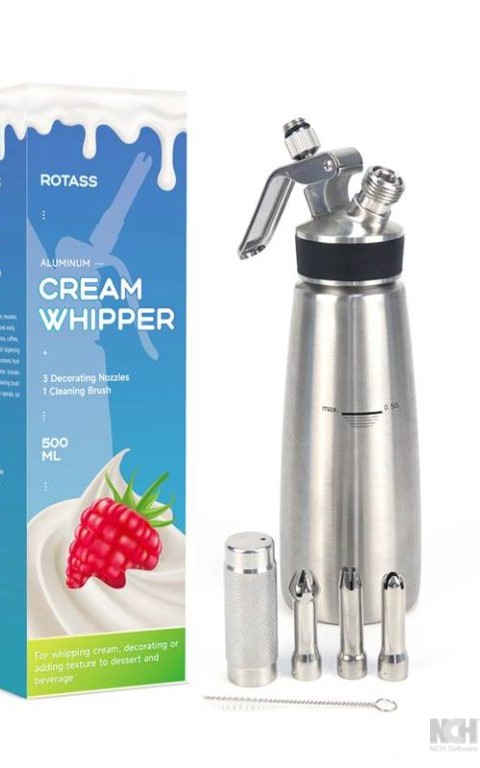
- The cream whipper, its structural design pays more attention to the control of the fineness and stability of the cream. Its gas path usually adopts a porous dispersion device, which enables nitrous oxide to be slowly and evenly mixed into the cream, avoiding uneven whipping of the cream due to excessive gas injection.
In addition, the container of a cream whipper usually comes with a dedicated whipping head. This design helps to form fine foam through physical stirring while injecting gas. During actual use, the cream gun needs to be disassembled regularly to clean the grease, and special lubricants must also be used. The soda water machine only needs to be rinsed with clean water.
The Influence Of Both On Cream
If a soda chargers is used to whip cream, it will have many adverse effects on the cream. Firstly, when carbon dioxide dissolves in cream, it will change the pH of the cream, causing it to taste sour and affecting the flavor of the finished product. Secondly, excessive pressure will cause the cream to expand rapidly in a short period of time, unable to form a fine and stable foam structure. It is very likely to result in over-whipping and separation of oil and water. In the end, what is obtained is not a fluffy cream frost but an unformed mixture.
In contrast, with a dedicated cream whipper, nitrous oxide can perfectly combine with cream, slowly blend into it at a lower pressure, and through physical stirring, form a rich, fine and stable foam structure for the cream. The cream whipped in this way not only has a dense texture but also has good plasticity, making it very suitable for various exquisite dessert decorations.
Common Questions And Misunderstandings
Q1: Some people online say that it can be modified and used. Is it really feasible?
On various DIY forums and video platforms, one can indeed see a few “success stories” sharing how to modify soda chargers for whipping cream or do the reverse operation. However, these cases often have serious hidden dangers: the sealing ring needs to be replaced, key components such as the pressure valve need to be adjusted, the modified equipment loses the original factory warranty, and the unstable pressure system may lead to explosion. The actual effect did not meet expectations: Even if the cream was whipped with CO₂, the foam would completely collapse within 2 to 3 minutes, and the sparkling water made with N2O would produce a strange sweet and greasy taste.
Q2: Can the air bomb (N2O) of a cream gun be used to make soda water?
Although it is theoretically feasible, it is strongly not recommended to do so for the following reasons:
Too low dissolution
The solubility of N2O in water is only 1/50 that of CO₂
The sparkling water made will quickly “lose its air”.
Abnormal taste
It will produce a distinct sweetness (N2O itself has a sweet taste).
The foam is too dense and loses its refreshing feeling
Q3: Why are there no “two-in-one” devices on the market?
After conducting research on multiple kitchen appliance manufacturers, the following technical barriers were found:
Pressure system conflicts:
- Cream whipping requires 200+ PSI
- Carbonated beverages only require 30-50 PSI
- It is difficult for a single device to take care of both
Gas storage difficulties:
- CO₂ and N2O require separate gas tanks
- Mixed storage may cause chemical reactions
Different cleaning standards:
- Cream residue requires a grease cleaner
- The soda water system is resistant to oil stains
Suggestions For Safe Use
Whether using a soda water aerator or a cream whipper, safety always comes first.
Absolutely prohibited:
- Mix the types of gas bombs
- Overpressure use
- Use non-original accessories
Regular maintenance:
- Cream chargers: Deep clean monthly
- Soda chargers: Replace the seals every quarter
Conclusion: Professional Tools Do Professional Things
Through the detailed comparison in this article, we can clearly draw the conclusion that:
- Soda chargers and cream chargers are completely different professional tools.
- Mixed use not only has poor effects but also poses safety risks
- It is recommended to purchase dedicated equipment respectively according to actual needs

